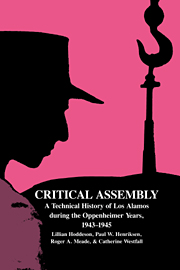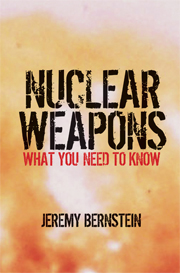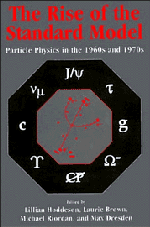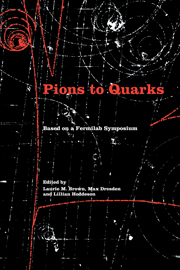Critical Assembly
This 1993 volume is a lucid and accurate history of the technical research that led to the first atomic bombs. The authors explore how the 'critical assembly' of scientists, engineers and military personnel at Los Alamos, responding to wartime deadlines, collaborated to create a new approach to large-scale research. The book opens with an introduction laying out major themes. After a synopsis of the prehistory of the bomb project, from the discovery of nuclear fission to the start of the Manhattan Engineer District, and an overview of the early materials programme, the book examines the establishment of the Los Alamos Laboratory, the implosion and gun assembly programmes, nuclear physics research, chemistry and metallurgy, explosives, uranium and plutonium development, confirmation of spontaneous fission in pile-produced plutonium, the thermonuclear bomb, critical assemblies, the Trinity test, and delivery of the combat weapons. Readers interested in history of science will find this volume a crucial resource for understanding the underpinnings of contemporary science and technology.
- A crucial resource for understanding the underpinnings of contemporary science and technology
- Will be of interest to scientists, engineers and liberal arts scholars (especially historians and sociologists of science)
Reviews & endorsements
'Critical Assembly … is a true historical record of an epic technical venture. I strongly recommend it.' Hans A. Bethe, Physics World
Product details
February 2004Paperback
9780521541176
528 pages
232 × 163 × 33 mm
0.79kg
82 b/w illus.
Available
Table of Contents
- 1. Introduction
- 2. Early research on fission, and overview:
- 1933–43
- 3. The early materials program:
- 1933–43
- 4. Setting up project Y: June 1942 to March 1943
- 5. Research in the first months of project Y: April to September 1943
- 6. Creating a wartime community: September 1943 to August 1944
- 7. The gun weapon: September 1943 to August 1944
- 8. The implosion program accelerates: September 1943 to July 1944
- 9. New hopes for the implosion weapon: September 1943 to July 1944
- 10. The nuclear properties of a fission weapon: September 1943 to July 1944
- 11. Uranium and plutonium: early 1943 to August 1944
- 12. The discovery of spontaneous fission in plutonium and the reorganisation of Los Alamos
- 13. Building the uranium bomb: August 1944 to July 1945
- 14. Exploring the plutonium implosion weapon: August 1944 to February 1945
- 15. Finding the implosion design: August 1944 to February 1945
- 16. Building the implosion gadget: March 1945 to July 1945
- 17. Critical assemblies and nuclear physics: August 1944 to July 1945
- 18. The test at Trinity: January 1944 to July 1945
- 19. Delivery: June 1943 to August 1945
- 20. The legacy of Los Alamos.








